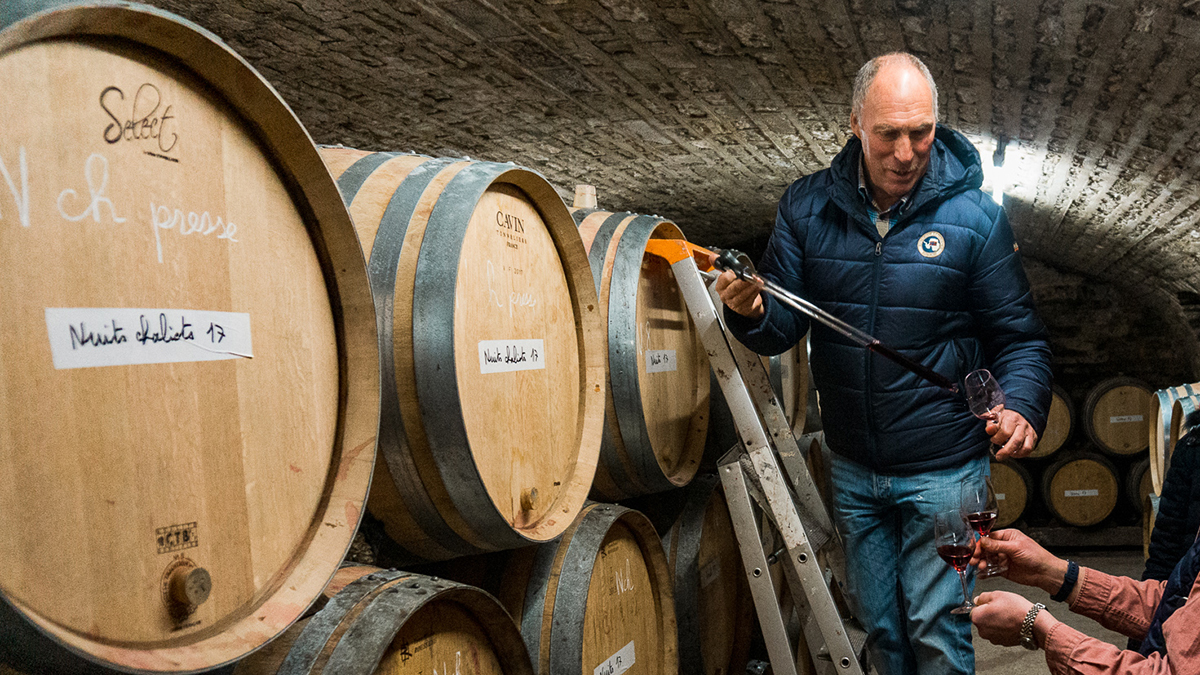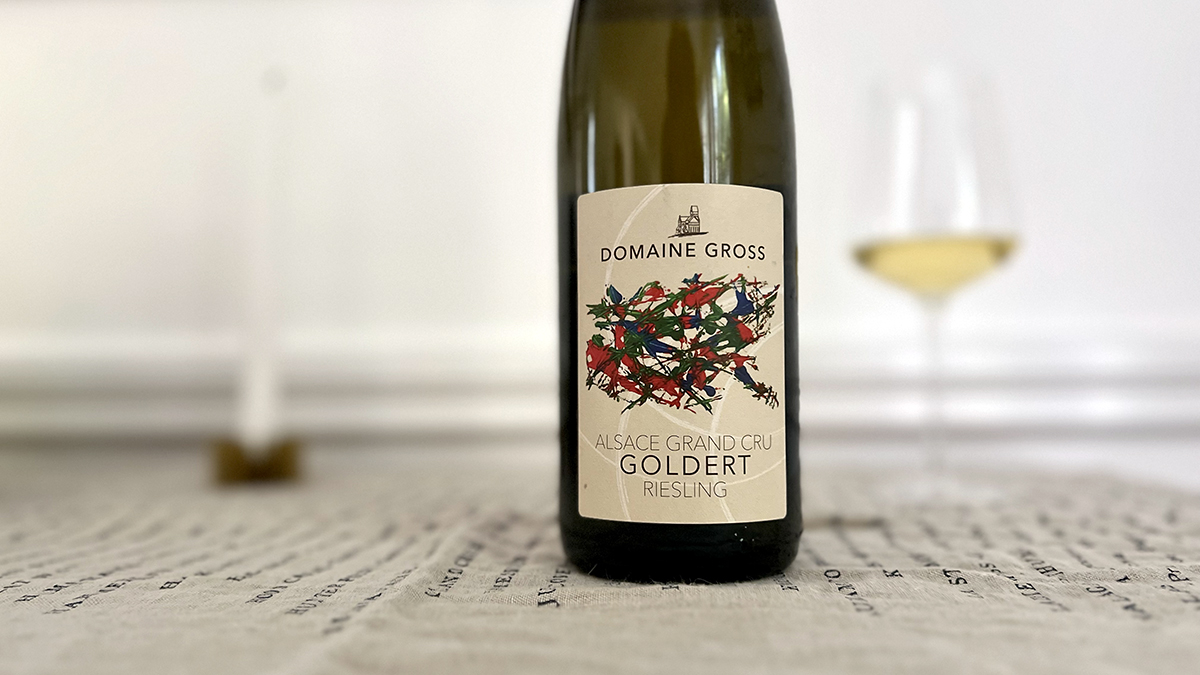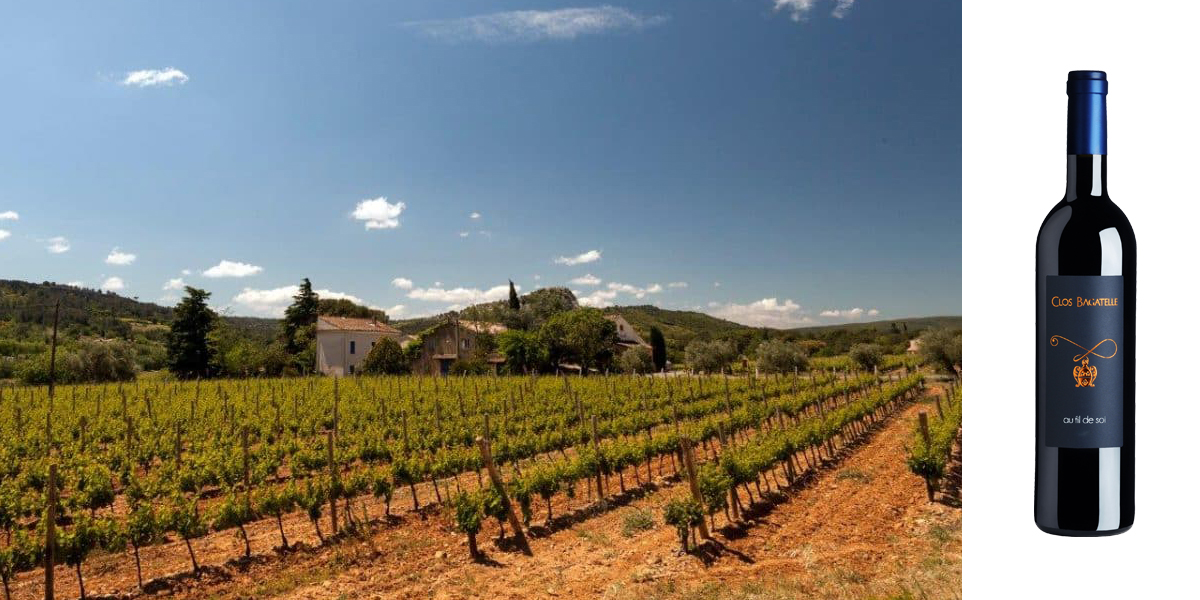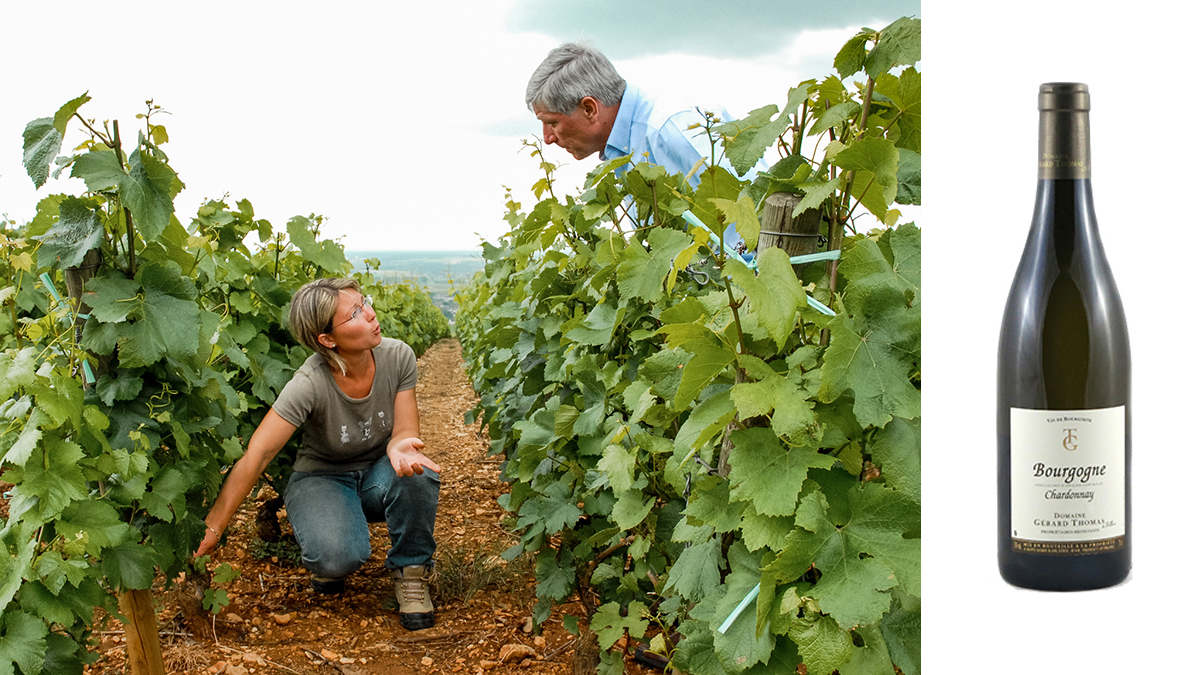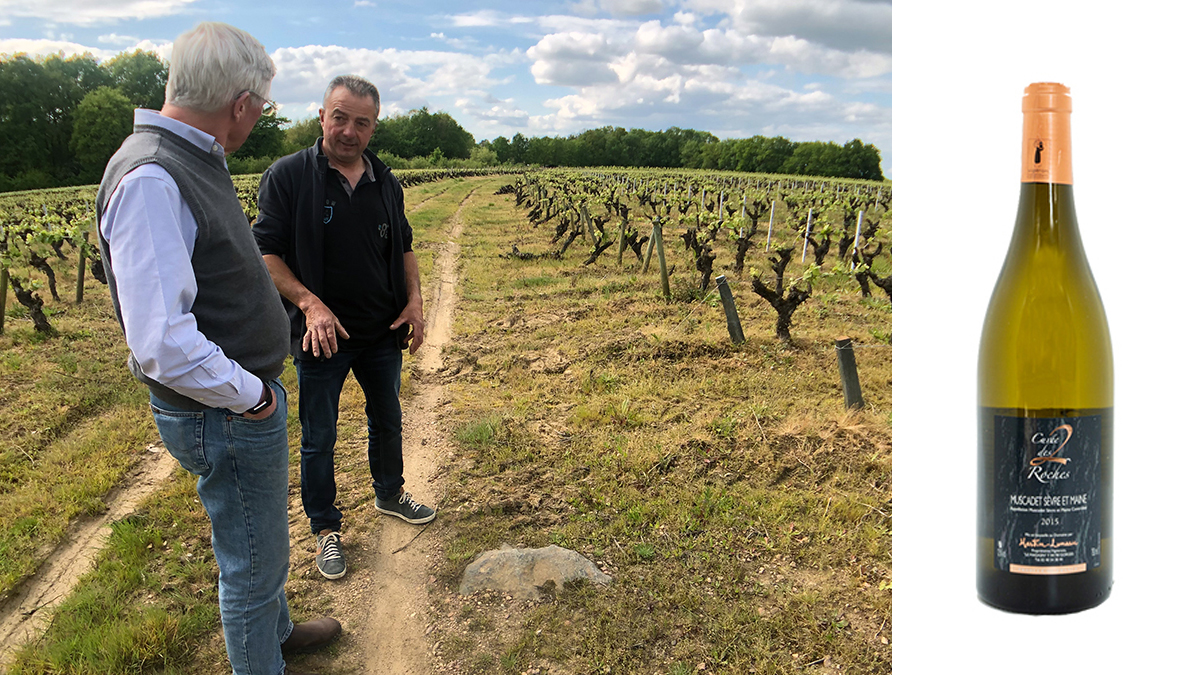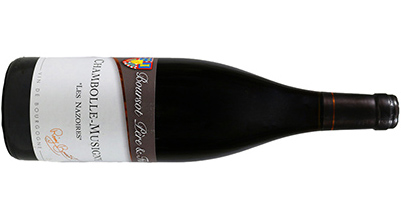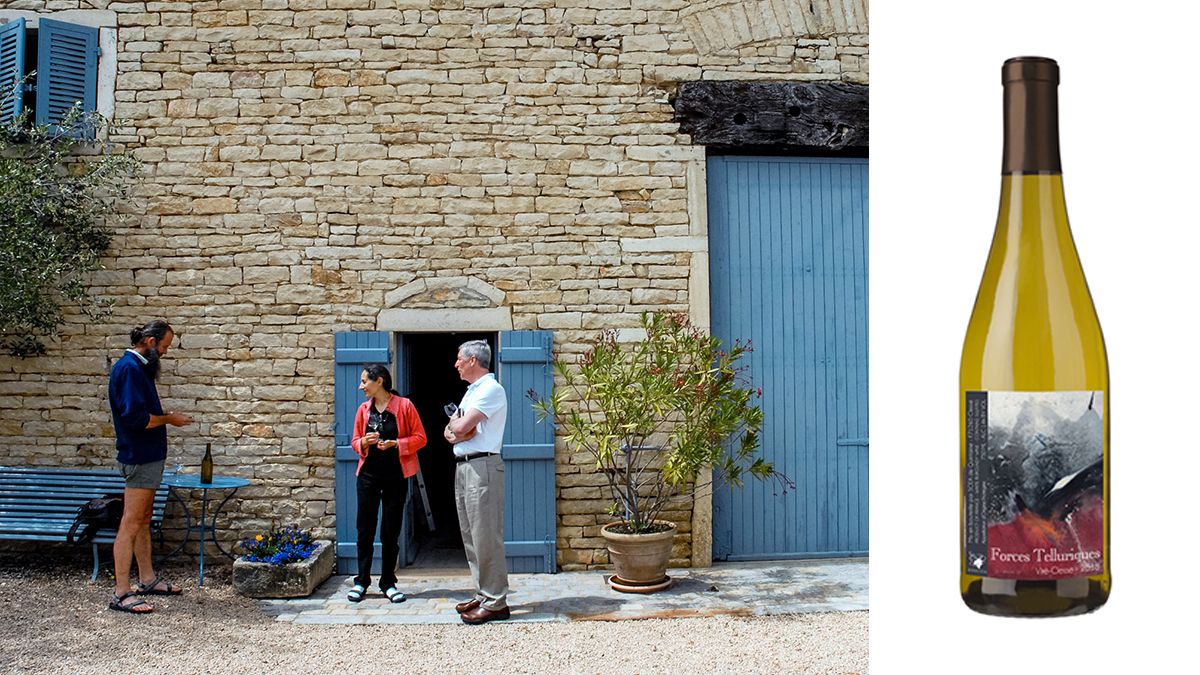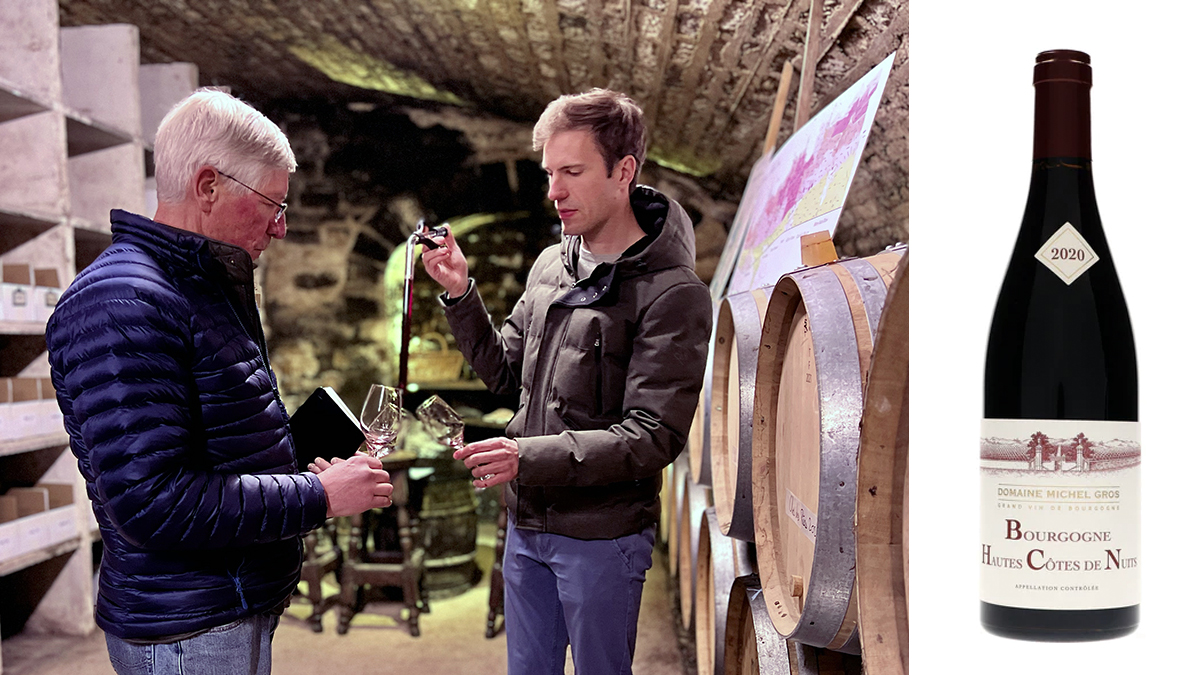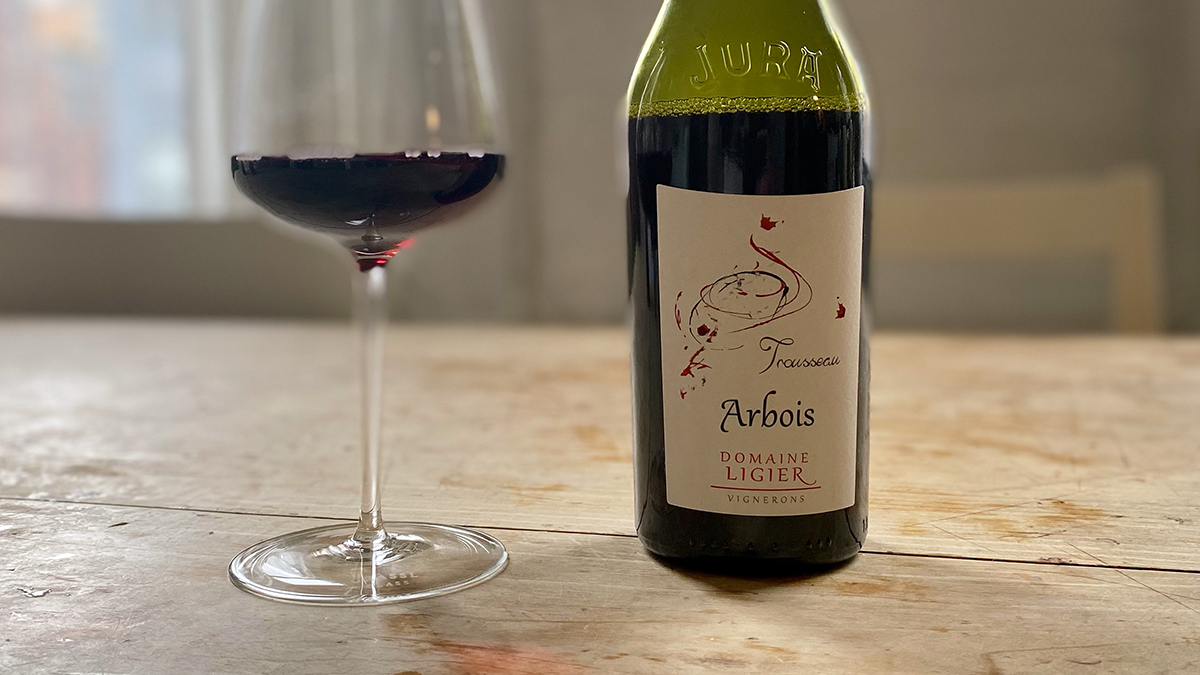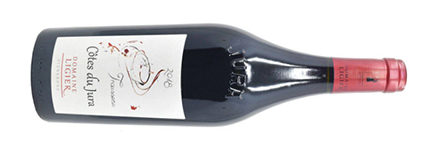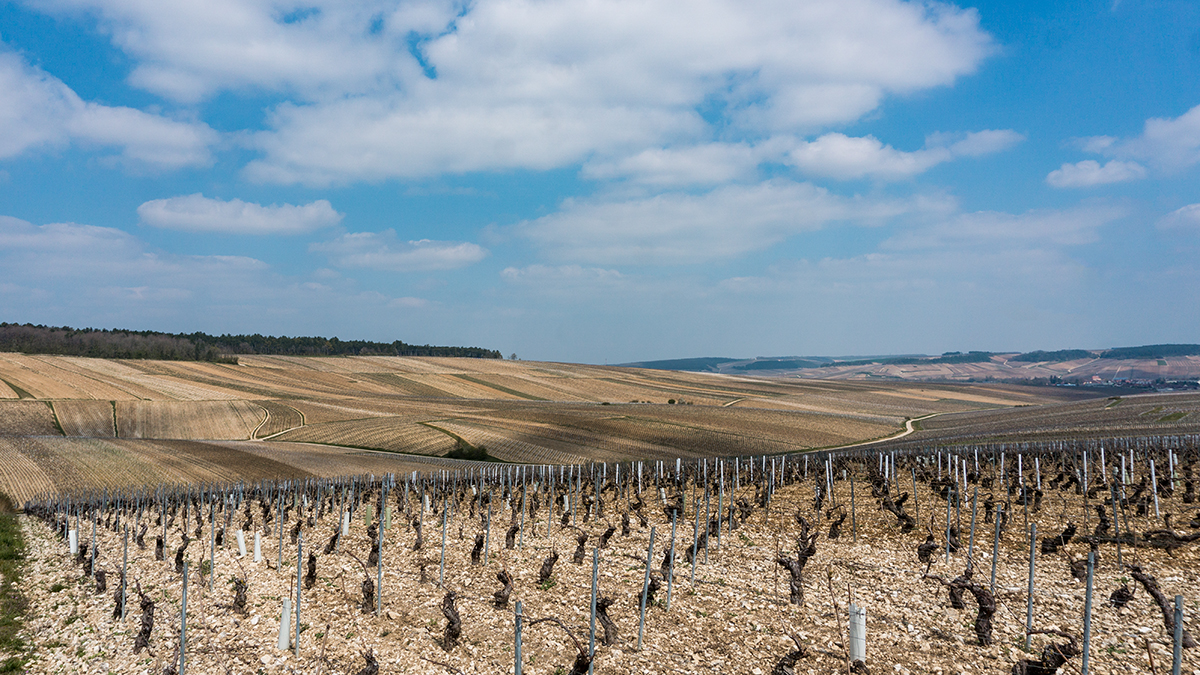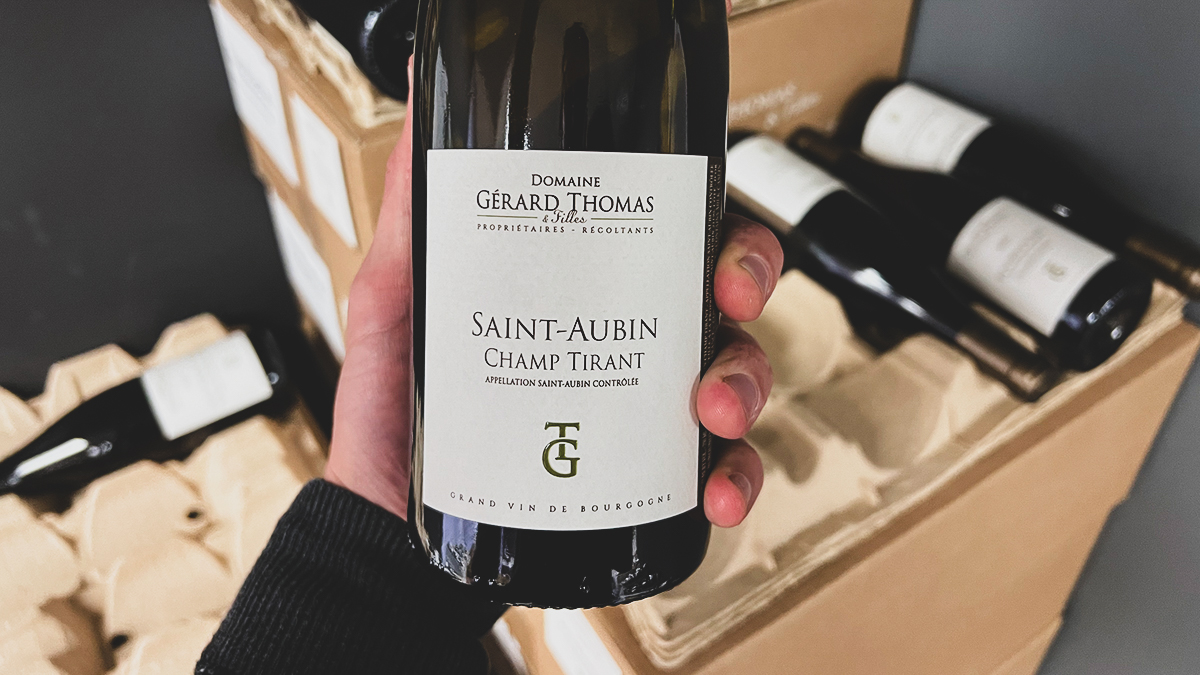
A tasty entry-level red Burgundy is among the most useful wines in the cellar. If the moment calls for quiet introspection, pour it into a large glass and watch it unwind over an hour – given time and space the best cuvées will rival village-level reds for their complexity. If the setting is a boisterous family dinner replete with flavors and noise, serve it just a bit cool and watch the freshness and energy hold their own against a wide array of dishes.
Whatever the mood, a simple red Burgundy is often a great answer. One of our favorites comes from Sofie Bohrmann, a talented Belgian winemaker in Meursault. Her 2020 Bourgogne rouge is simply delicious, and it’s everything an entry level Bourgogne is meant to be: low oak, lovely red fruit, excellent energy, and a perfect Burgundian blend of earth and berries.
Borhmann’s Bourgogne vines are across the RN-74 from Pommard. At 35 years old, they’re more mature than many Bourgogne-level vines, and their fruit produces a wine of real complexity. She uses 70% whole clusters, giving the wines excellent definition and exquisite tension.
The nose shows seductive, crushed ripe red fruits, overlaid with a soft floral character. The mouth is perfectly ripe, smooth, and delicious, with fine chalky tannin supporting the bursting fruit. The 2020 shows a remarkably density, but also excellent acidity — some 2020 cuvées are destined for future greatness, but this one requires no patience.
____________________________
Bohrmann Bourgogne rouge 2020
bottle price: $36


